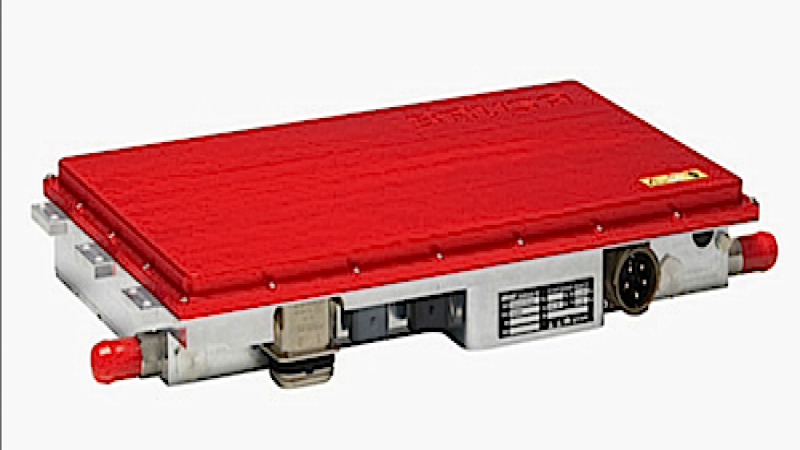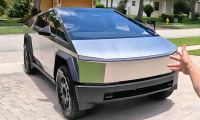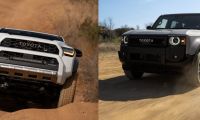Watching electric cars, EV and plug-in hybrid, PHEV cars slowly come onto the market is exciting. A new technology is quickly replaced with a better, faster one, with more range soon after. So if your 3.3 kW charger has left you feeling ho hum, the new 6.6 kW that comes with newer EVs should spice up things a bit. How about a 22 kW?
The aspect of cutting down your charging time is almost half is alluring. 3.3 kW onboard chargers were the de facto chargers used for the first wave of mass produced electric cars and the second generation will use something better and faster. The newer electric cars hitting the road today have 6.6. kW chargers on board, making the 3.3 ones quaint and outdated.
Faster Chargers, What Does It Mean? The difference between a 3.3. kW and a 6.6 is like using an old fashion skinny gasoline pump instead of a modern fatter hose. Electricity functions much the same way as liquids. The less resistance a conductor has, the fast electrons can flow through it. But when it comes to battery technology, the problem is sustaining longevity by charging at a slow rate and tipping off the pack. Fast charging might be fun, but it takes its toll on battery packs.
BRUSA Introduces a 22 kW Onboard Charger. BRUSA Elektronik AG is the first company to introduce an onboard charging system that operates on three-phase current allowing up to 22 kilowatts of electricity coming in. The company claims its NLG6 allows electric vehicles with about 80 miles of range to recharge in approximately one hour. This is especially interesting since it doesn’t come with a specialized expensive DC charging infrastructure found in fast charging stations.
By moving almost all of the expensive charging components within the electric car, Brusa allows the use of 22-kW on-board charging stations for homes equipped with 400 volts intake and 32 amps. OK, but there is one problem. Here in the US we only use 110V and sometimes bring in 220V for certain appliances. If we could bring in a 400V line into our homes, this would mean quick charging at home.
At some point in the distant past, our country had looked into adopting the more efficient 220V systems for households, but unfortunately the project got bogged down in political manipulations. Today, we are paying a hefty price for it.
While a 22 kW charger with the right infrastructure would finally cut the umbilical petroleum cord for many, a more practical 7 kW would make quick overnight charging a reality and a roadside 50kW to 100kW make long distance a very real possibility.











Comments
"[Having no] 220V systems for
Permalink
"[Having no] 220V systems for households... Today, we are paying a hefty price for it"
I think not, home charging speed is not a problem for the vast majority of us, with large capacity cars like the Tesla Model S the 20 kW home charging is easy to get, but on the road charging time certainly is still an issue.
Unfortunately most of the level 2 infrastructure that is being installed is only capable of 6.6 kW. If it was capable of 80A (up to 19kW) as the J1772 standard allows then a charger like this would be quite useful.
-Otmar
I guess it depends on which
Permalink
In reply to "[Having no] 220V systems for by Otmar (not verified)
I guess it depends on which state you are. I see the construction quality in my neighborhood is so-so. Bringing in 220V necessitates serious rewriring, which doesn't come cheaply. I still think it was a mistake not to go 220V back then when we could. It's still more efficient, no matter how you look at it. And just look at other countries who have 220V system, they can bring 380 lines.
Overall, you're right and my overall case is that for the vast majority of people, trickle charging, whether at home or on the go works just fine.
It is not just a question of
Permalink
It is not just a question of the power rating off the charger but also what the charge rate limitations are for Li-ion batteries. Unfortunately Li-ion chemistry is not capable of high C-rate charge levels. This renders 50 kW and higher charge power questionable if life of the battery is considered.
Yes, I should have made a
Permalink
In reply to It is not just a question of by Anonymous (not verified)
Yes, I should have made a better case in the article as to home installation equipment and more. As far as limitations of lithium batteries, even if it seems they can't absorb fast charges well, the verdict still seems to be on hold. Some say with the right amount of cooling, the impact is not noticeable, others disagree. We'll have to wait and see how the Teslas do in the future.